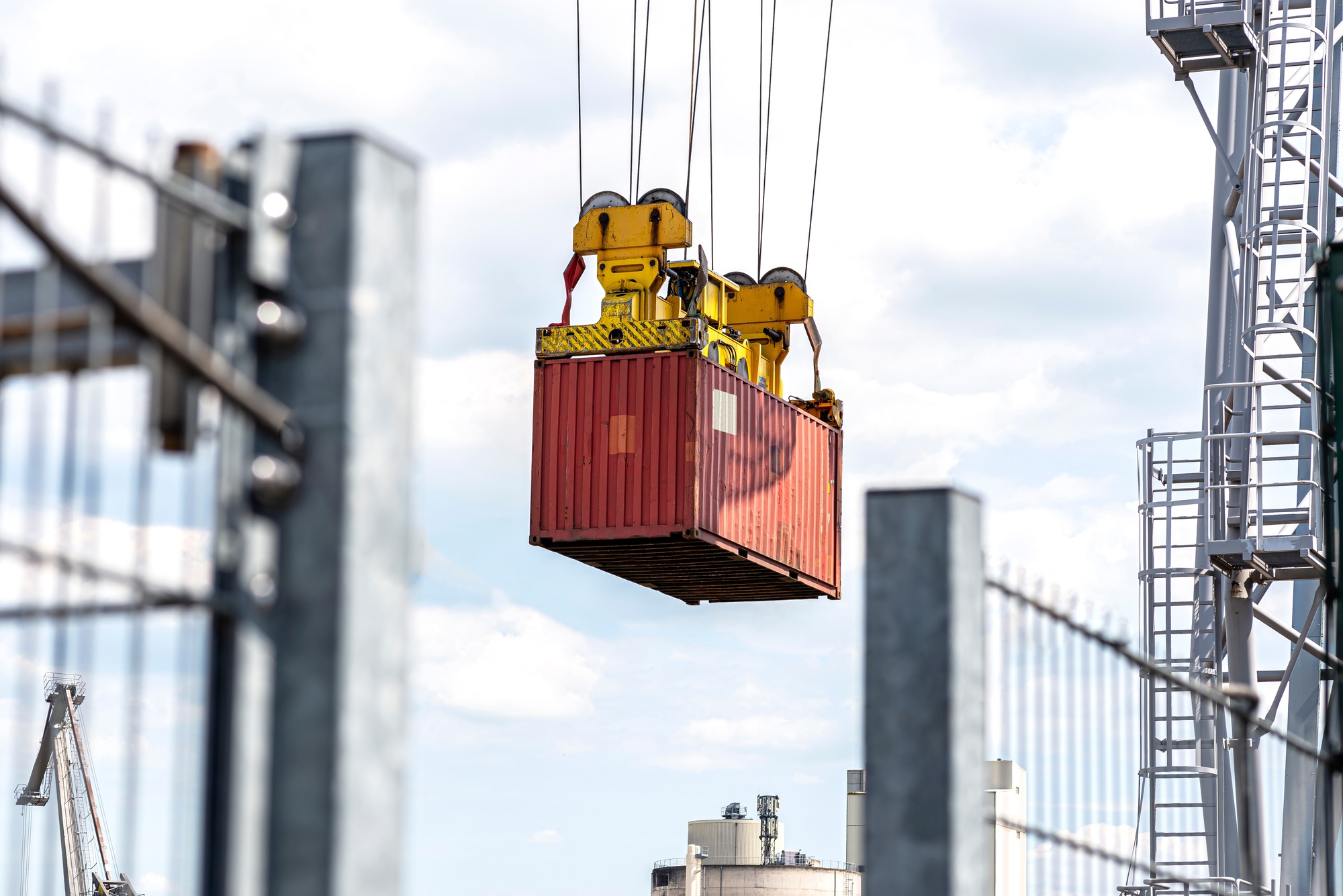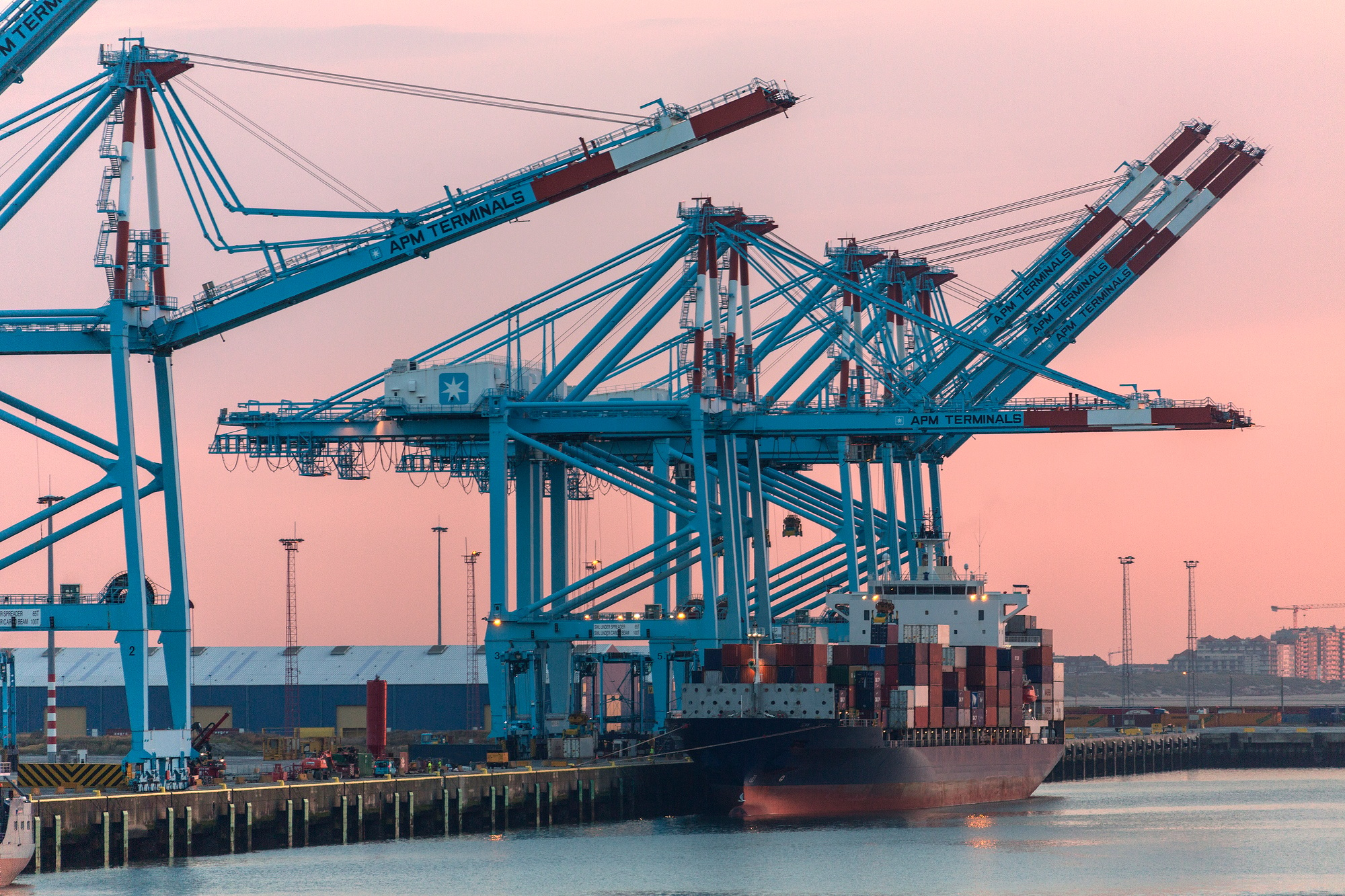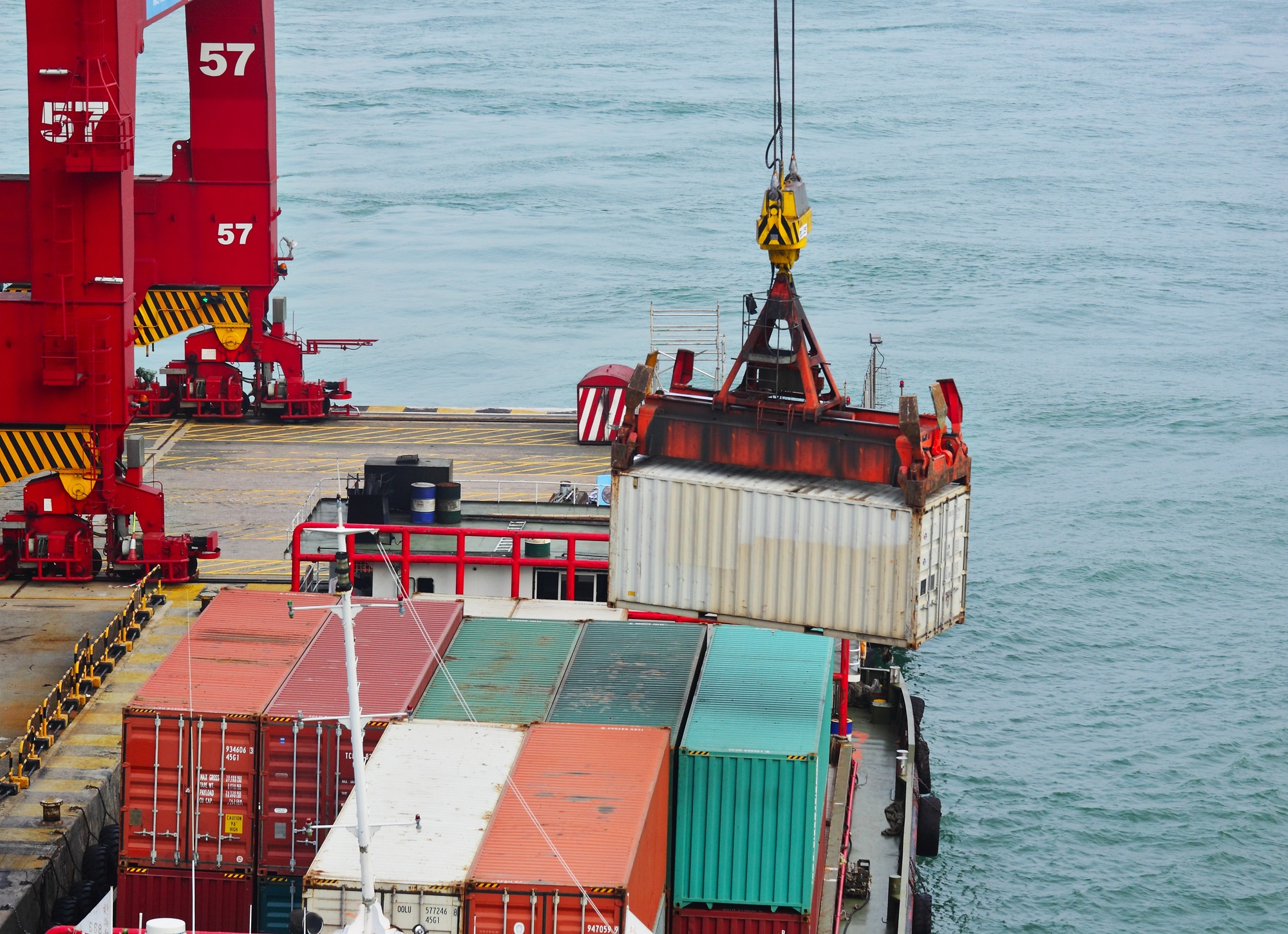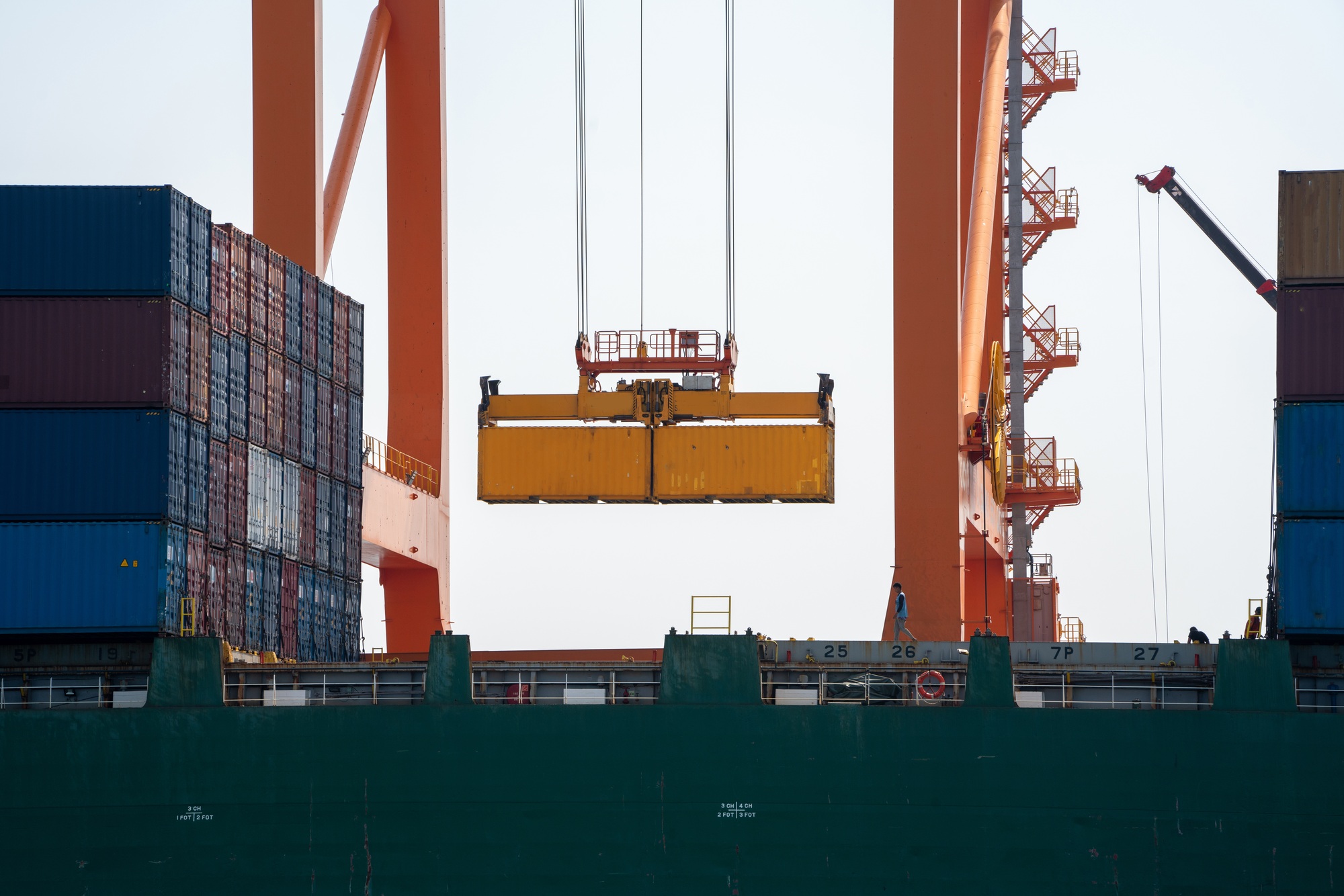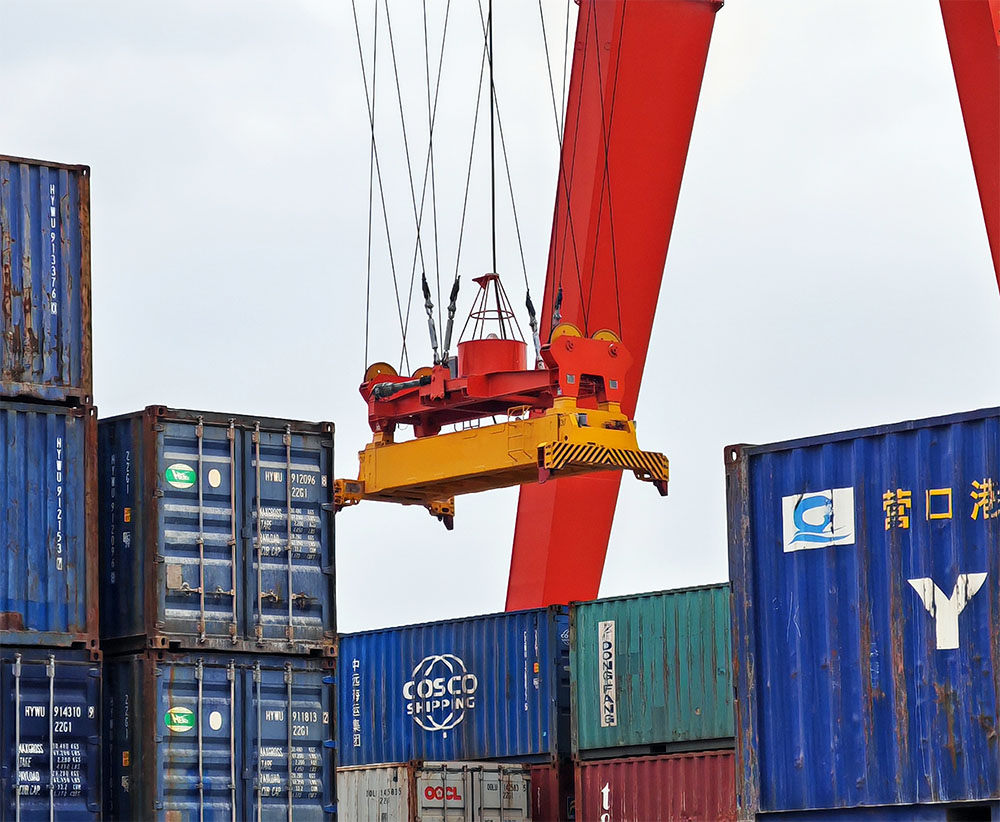Introduction
Container spreaders are indispensable tools in global logistics, enabling the safe and efficient movement of shipping containers across ports, rail yards, and warehouses. This guide explores the core functions, technical specifications, and industry applications of container spreaders, with insights from leading manufacturers like Olatspreaders, a company specializing in spreader design since 2016.
The Core Functions of Container Spreaders
1. Secure Load Distribution
Container spreaders act as a bridge between cranes and containers, distributing weight evenly to prevent structural damage. They use twist locks or automatic locking systems to grip container corners, ensuring stability during lifts.
Example:
- Fixed spreaders for uniform container sizes (e.g., 20ft or 40ft).
- Telescopic spreaders for adjustable handling of mixed-length containers.
2. Operational Efficiency
By automating lifting processes, spreaders reduce manual labor and accelerate cargo throughput. Electric and hydraulic models enable semi-automatic or fully automatic operation, minimizing human error.
Key Metrics:
- Automated spreaders handle 30–50 containers per hour vs. 10–15 manually.
- Battery-electric models reduce downtime with 8–10 hours of continuous use.
3. Safety Compliance
Modern spreaders comply with international safety standards like ISO 3874 and DNV-GL certifications. Features include overload sensors, anti-sway systems, and emergency stop mechanisms.
Case Study:
Olatspreaders’s Overheight Frames integrate solar panels for remote monitoring, enhancing safety in oversized container operations.

Types of Container Spreaders
| Type | Key Features | Applications |
|---|---|---|
| Fixed Spreaders | Rigid design for uniform containers | Ports, rail yards |
| Telescopic | Adjustable arms for 20ft–45ft containers | Intermodal logistics |
| Electric Hydraulic | Energy-efficient, low noise | Urban warehouses |
| Piggyback | Stackable for dual-container lifts | High-density storage |
Source: Stinis product catalog.
Industry Applications
1. Port Operations
Spreaders enable rapid loading/unloading of ships, reducing berthing time by up to 40%. Straddle carrier spreaders are optimized for port-side agility.
2. Rail and Road Logistics
Modular designs like Articulated Parallel Spreaders (APS) adapt to railcar configurations, minimizing cargo shifts during transit.
3. Manufacturing Facilities
Customized spreaders handle specialized containers (e.g., refrigerated units) in automotive and aerospace industries.

Choosing the Right Spreader
1. Load Capacity
Match spreader capacity to container weight:
- Standard containers: 20–40 tons.
- Overheight containers: Up to 60 tons with reinforced frames.
2. Environmental Factors
- Corrosion-resistant coatings for coastal ports.
- Cold-weather lubricants for subzero operations.
3. Automation Level
- Semi-automatic: Ideal for mixed fleets.
- Fully automatic: Best for high-volume terminals.
Maintenance and Longevity
1. Routine Inspections
- Check wire ropes and twist locks monthly.
- Upgrade PLC systems every 3–5 years.
2. Cost-Benefit Analysis
- Refurbished spreaders save 30–50% upfront but require stricter maintenance.
- New models offer 10–15 years of service with warranties.

Future Trends in Container Spreader Technology
1. AI-Powered Predictive Maintenance
Sensors analyze wear patterns, scheduling repairs before failures occur.
2. Green Energy Integration
Solar-powered spreaders and hydrogen fuel cells reduce carbon footprints.
Conclusion
The primary purpose of a container spreader is to enhance safety, efficiency, and adaptability in container handling. From fixed designs for standardized operations to AI-driven models for smart ports, spreaders remain critical to global supply chains.
Need a Custom Solution?
Contact OLATspreaders for tailored spreader systems backed by 20+ years of engineering expertise

